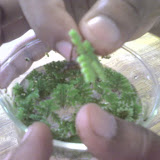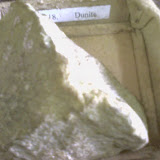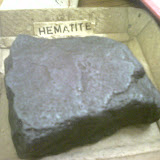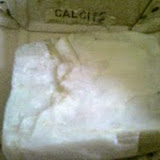ABOUT CO2 CAPTURE
- http://en.wikipedia.org/wiki/Carbon_capture_and_storage
- http://pubs.acs.org/doi/full/10.1021/ef900740p
- http://www.brighthub.com/engineering/mechanical/articles/64165.aspx
- http://www.co2mustang.eu/WhatIsCcs.aspx
- http://www.carboncapturejournal.com/index.php
- http://www.carboncapturejournal.com/displaynews.php?NewsID=655&PHPSESSID=1vsg7tu9tppbrgjq4jnpp3oaf7
- http://www.portofentry.com/site/root/resources/analysis/8011.html
- http://www.greenfacts.org/en/co2-capture-storage/l-3/8-cost-capture-storage.htm
ABOUT COAL POWER PLANTS & STACK GASES
- http://en.citizendium.org/wiki/Conventional_coal-fired_power_plant
- http://aie.org.au/AM/Template.cfm?Section=Past_Technical_Meetings&Template=/MembersOnly.cfm&NavMenuID=810&ContentID=2660&DirectListComboInd=D
- http://www.global-greenhouse-warming.com/coal-stack-gas-treatment.html
- http://en.wikipedia.org/wiki/Thermal_power_station
ABOUT STATUS IN INDIA
- http://www.sciencedirect.com/science?_ob=ArticleURL&_udi=B6V2S-4W6N2PS-1&_user=2508949&_coverDate=08/31/2009&_rdoc=1&_fmt=high&_orig=search&_origin=search&_sort=d&_docanchor=&view=c&_acct=C000057646&_version=1&_urlVersion=0&_userid=2508949&md5=da9dcbfd6d5d21c206e1fb574c92ad86&searchtype=a







































